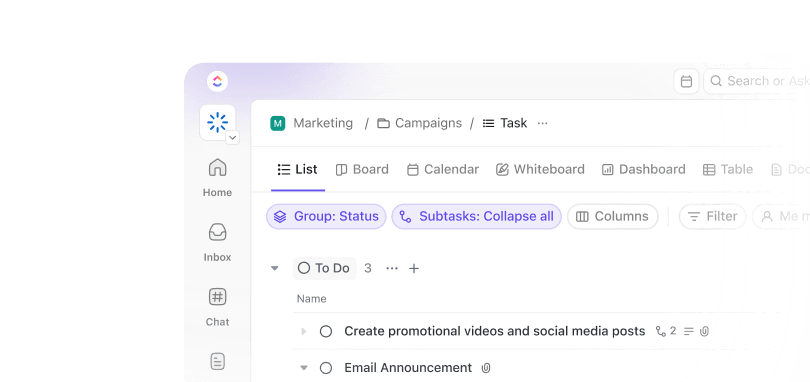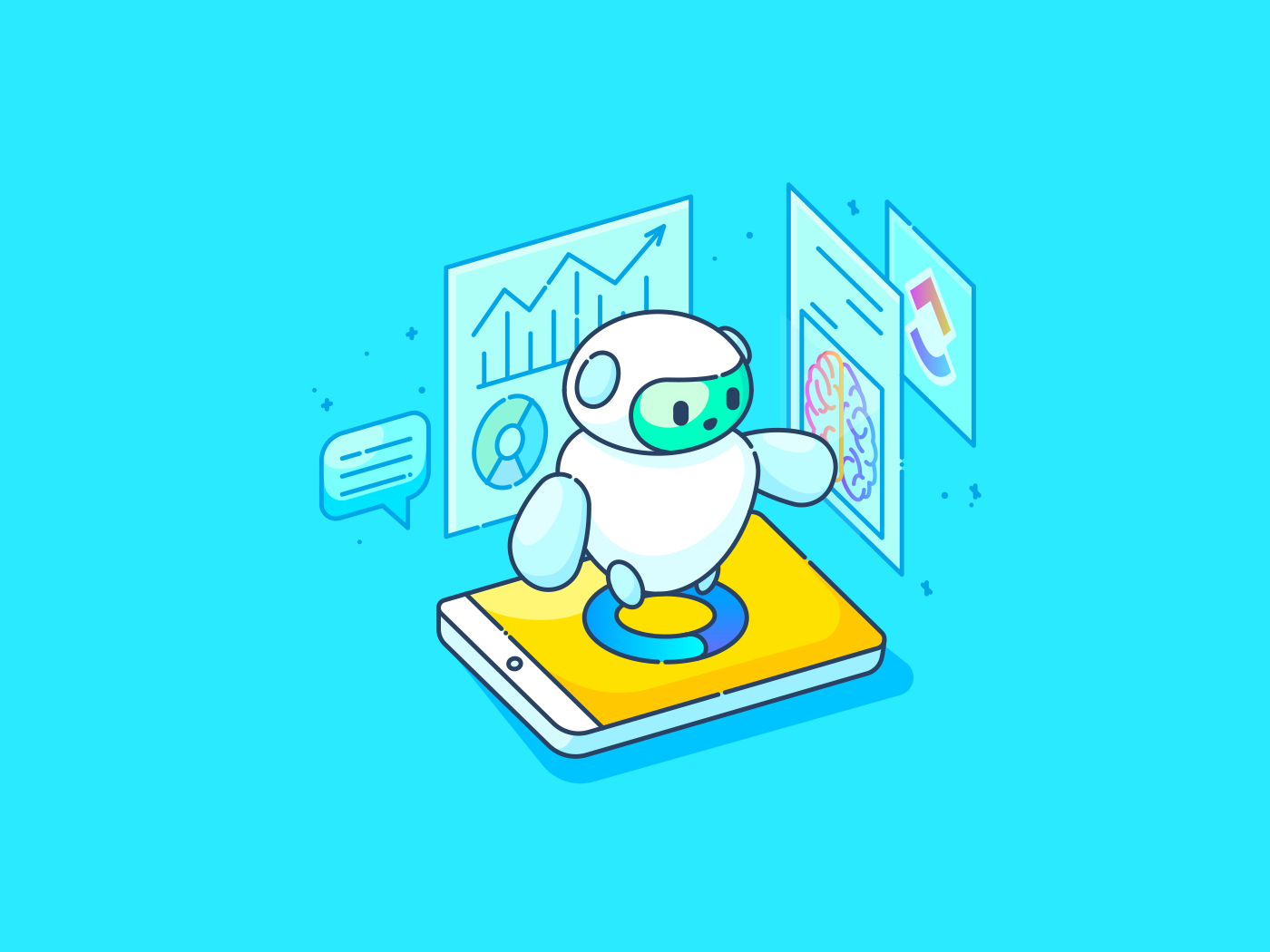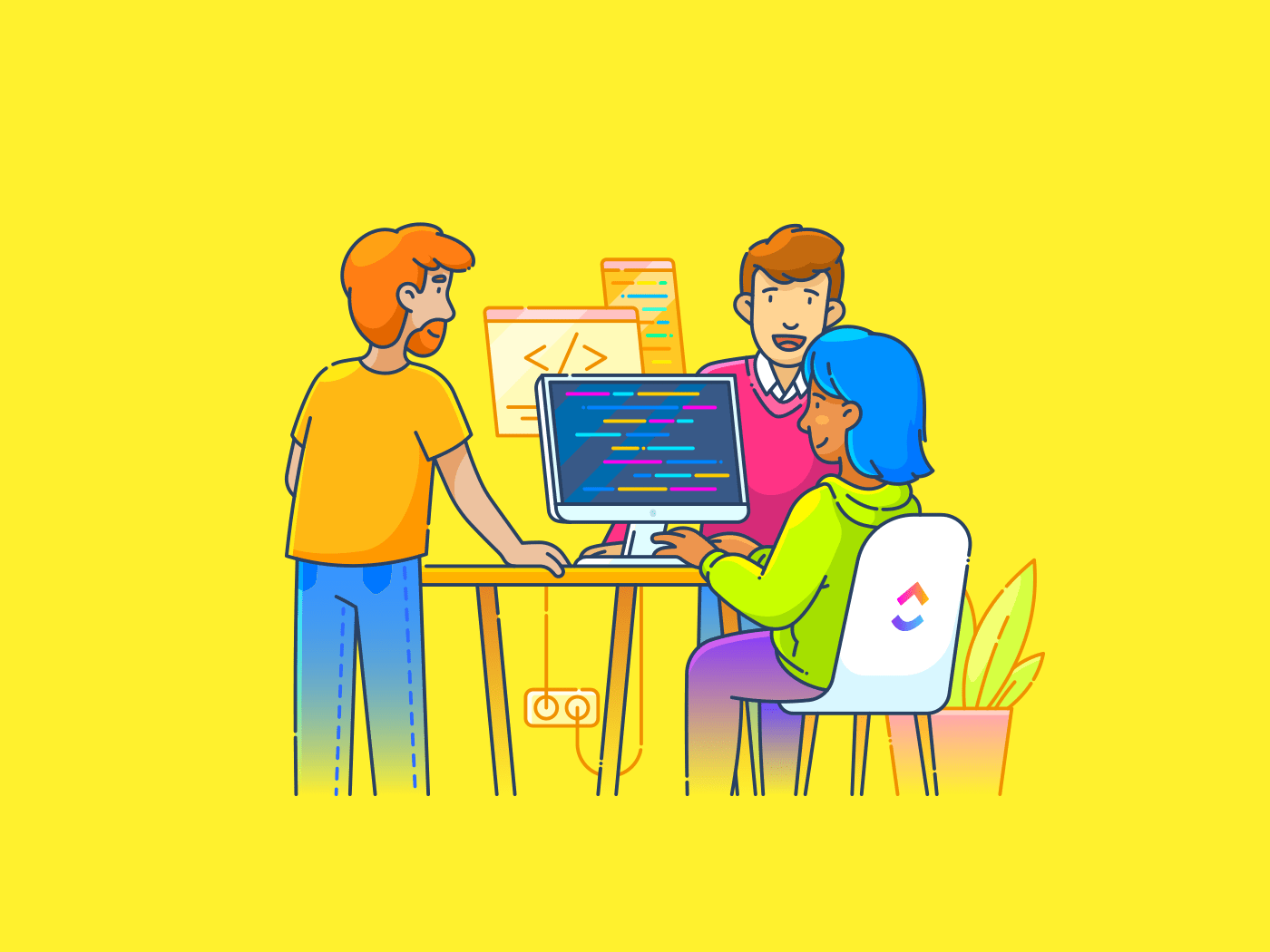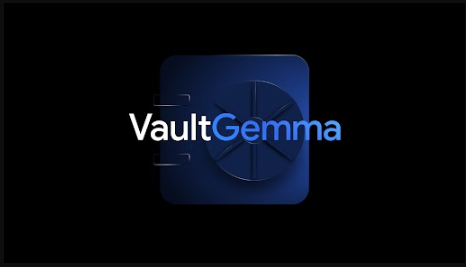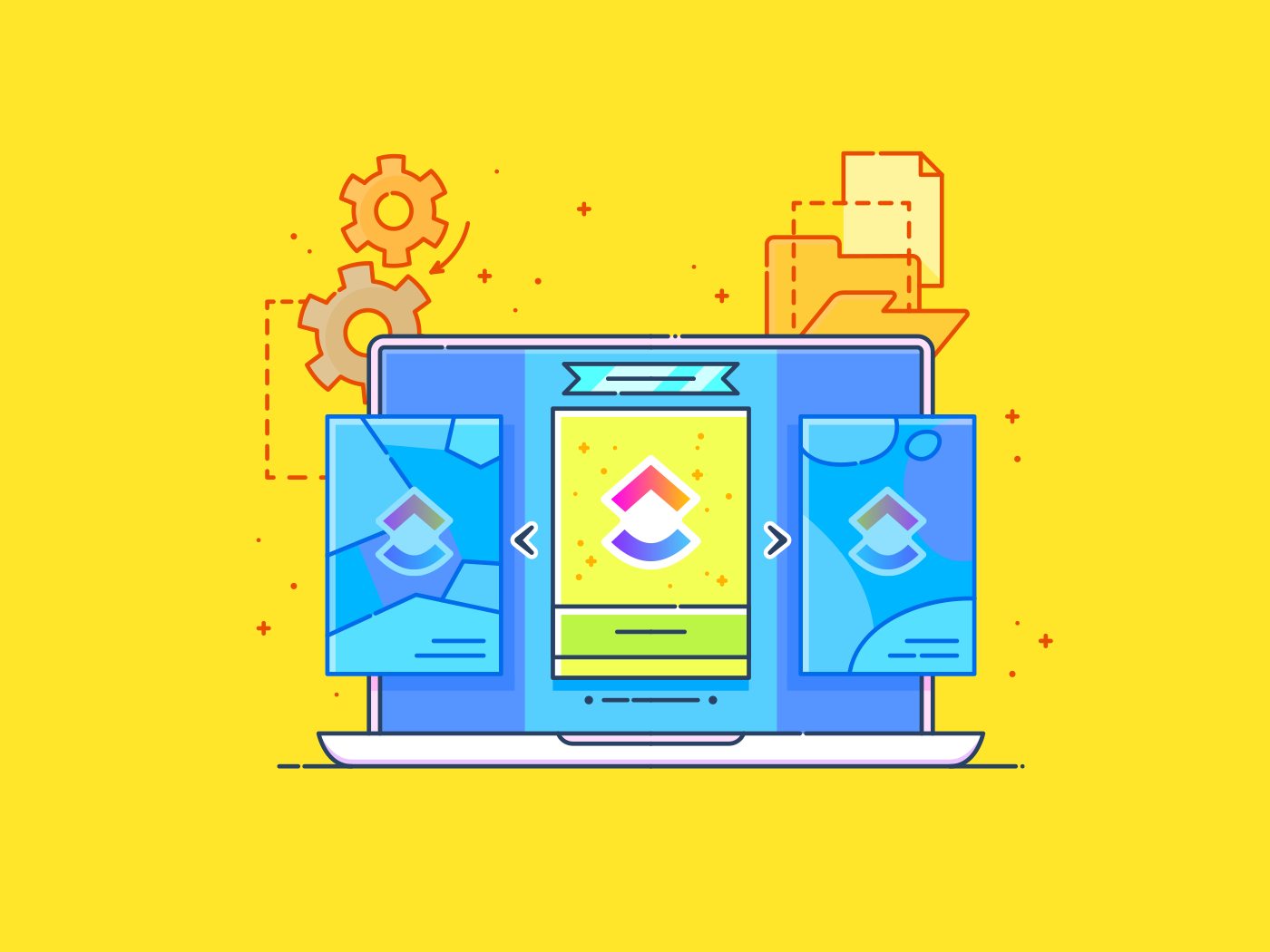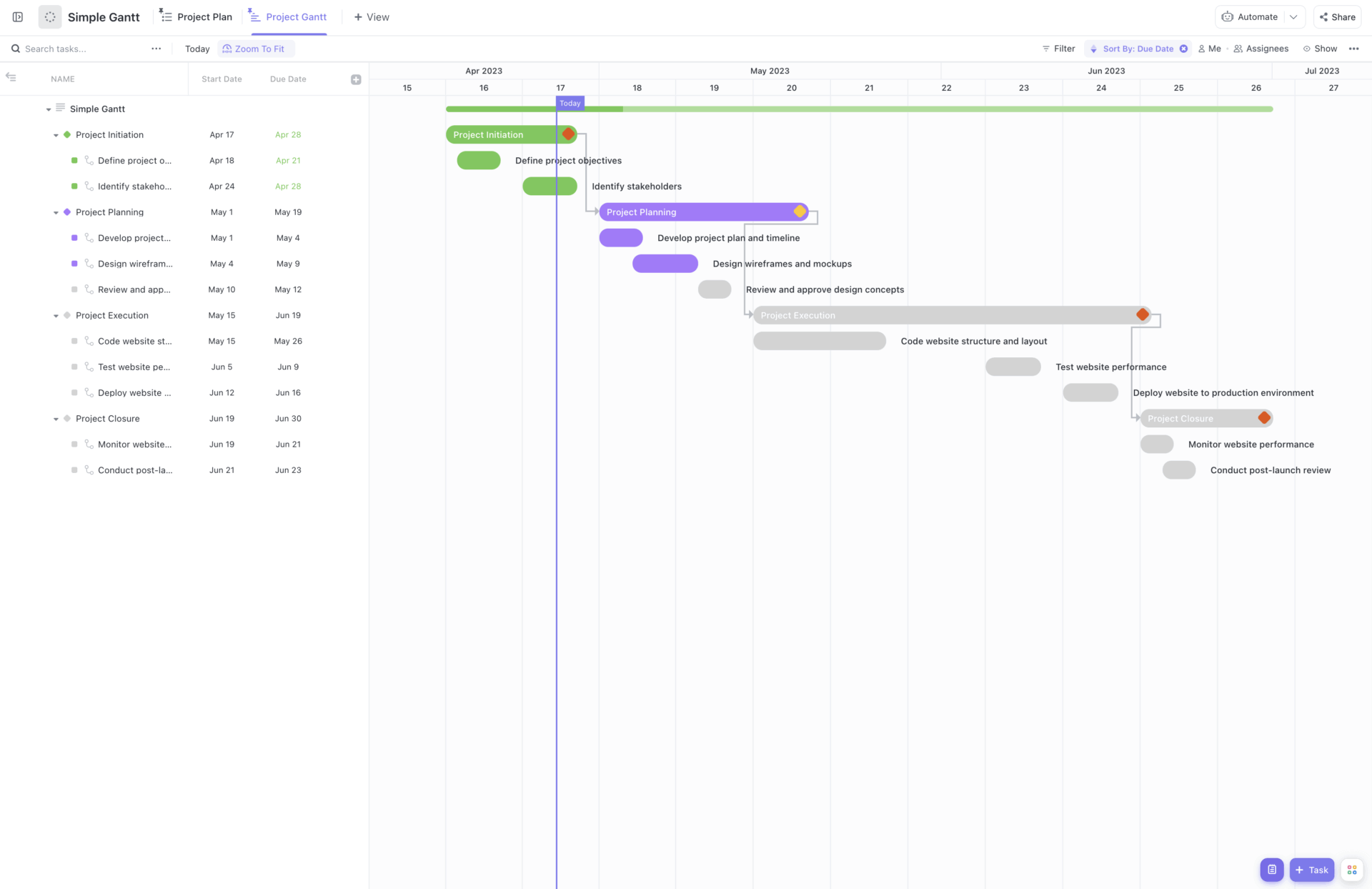Picture this: a retail team spent two weeks analyzing customer data to spot buying trends, only to find out they were already outdated. Meanwhile, their competitor’s AI agent flagged the shift, adjusted the pricing, and rolled out a promo in real time.
Guess which one saw a 22% spike in sales?
This is how AI agents give businesses an edge.
In this blog post, we’ll look at AI agent examples that help companies stay ahead of the curve—as opposed to drowning in lagging dashboards. 🧰
12 Powerful AI Agents Examples Transforming Industries
What Are AI Agents?
AI agents are artificial intelligence systems or software programs that autonomously perceive their environment, make decisions, and perform tasks or achieve goals for users or other systems without human intervention.
They can interact with their surroundings, collect and analyze data, and determine the best action to meet predetermined goals. These tools use advanced techniques like large language models (LLMs), machine learning (ML), and natural language processing (NLP) to understand what’s going on, make a plan, and get stuff done, often performing multiple steps to get from start to finish.
🧠 Fun Fact: The ‘smartest’ AI agent isn’t always the best. A smaller model fine-tuned on your domain will often outperform a giant general-purpose one, especially for tasks where accuracy matters more than eloquence.
AI Agents Examples by Industry
Here are some examples of the various types of AI agents in action and how they’re making a huge impact in various sectors. ⚒️
1. Customer support
AI tools for automation in customer support handle routine inquiries, detect customer sentiment, and assist human agents with relevant information. Here’s how they help:
- Offer 24/7 availability by handling routine questions and resolving common issues
- Analyze customer sentiment in real time to detect frustration and escalate critical issues to human agents
- Assist human reps live, suggesting relevant responses and pulling up knowledge base content during conversations
📌 Example: HomeServe’s virtual assistant ‘Charlie’ takes over 11,000 daily calls, booking repairs, rerouting calls, and handling routine questions so that human agents can focus on the trickier stuff.
💡 Pro Tip: Not all types of AI agents need autonomy. Are they assisting (helping a human), operating (handling a task), or owning (making decisions)? Clarify that upfront. It changes how you design access, trust levels, and interfaces.
📮 Insight: 21% of people say more than 80% of their workday is spent on repetitive tasks. And another 20% say repetitive tasks consume at least 40% of their day.
That’s nearly half of the workweek (41%) devoted to tasks that don’t require much strategic thinking or creativity (like follow-up emails 👀).
AI Agents help eliminate this grind. Think task creation, reminders, updates, meeting notes, drafting emails, and even creating end-to-end workflows! All of that (and more) can be automated in a jiffy with , your everything app for work.
💫 Real Results: Lulu Press saves 1 hour per day, per employee using Automations—leading to a 12% increase in work efficiency.
2. Sales
AI agents streamline sales processes with prioritized leads, automated customer relationship management (CRM) updates, and personalized outreach efforts. Here’s how they help:
- Score leads automatically based on historical data and behavioral insights, so reps know who to prioritize
- Update CRM systems autonomously by logging calls, updating contact fields, and scheduling follow-ups
- Send personalized messages and generate outreach emails tailored to each buyer’s stage in the funnel
📌 Example: LocaliQ’s AI agent Dash autonomously updates CRM records and automates follow-ups. AI systems also dynamically adjust lead scores as prospects engage with campaigns.
🧠 Fun Fact: An agent’s usefulness often comes down to one word: orchestration. A great agent isn’t great because it generates text—it’s great because it knows when, why, and how to talk to other systems, trigger logic, and hand off smoothly to humans.
3. Marketing
AI facilitates marketing automation, content creation, campaign optimization, and audience segmentation. Here’s how you can leverage them:
- Generate SEO-friendly content for blogs, ads, and landing pages using contextual keywords and tone
- Optimize ad campaigns in real time and adjust bidding strategies based on performance trends
- Segment audiences dynamically using behavioral and demographic data for better-targeted campaigns
📌 Example: Skott AI helps marketers scale content production while maintaining SEO quality. Tools like Google’s Performance Max use AI to auto-adjust ads based on user behavior.
💡 Pro Tip: Marketers can build a Custom Autopilot Agent in that automatically reviews content tasks for quality and alignment before they’re marked complete.

Here’s how it will work:
- Trigger: A content writer moves their task to the “Review” stage
- Scan: The agent checks that a doc is attached and the word count meets criteria
- Review: The agent reads the doc and generates a feedback comment like:
👋 Hey @Taylor, here’s a quick review of this draft:
✅ Strong points:
- Clear structure and flow
- CTA aligns with our campaign goals
⚠️ Suggested revisions:
- Consider softening the opening tone—it’s a bit aggressive for our audience
- Two grammar issues in paragraph 3 (see suggestions in the doc)
- Add a stat or quote to support the main argument in section 2
Once fixed, feel free to move this to “Final Review”! 🚀
- Notify: The writer gets pinged, feedback is actionable, and no manager had to manually weigh in
Here’s a step-by-step guide to set your first agent up in 👇🏽
4. Operations
AI in the workplace enhances operational efficiency through predictive maintenance, inventory management, and process optimization. Here’s what you can do with agents in ops:
- Predict equipment failures before they happen based on sensor data and usage patterns
- Automate inventory management and forecast demand to reorder supplies automatically
- Spot inefficiencies in workflows using process mining and suggest optimizations
📌 Example: Manufacturing firms use AI to reduce unplanned downtime through predictive analysis and maintenance. Retailers like Walmart leverage AI to automatically restock based on real-time sales.
5. Recruiting
AI agents are transforming recruitment, streamlining candidate screening, reducing bias, and automating scheduling. Here’s what these tools do:
- Parse resumes intelligently based on skill matching and keywords to job descriptions using NLP
- Reduce bias in screening with anonymized candidate data and standardized evaluation
- Schedule interviews automatically using syncing features across time zones and calendars
📌 Example: Hirevue + Pymetrics AI, used by Unilever, brings together chat-based engagement, interactive cognitive testing, and smart video interview analysis. It looks at how candidates think, speak, and present themselves to determine fit.
6. Coding
Developers benefit from AI agents that assist in code generation, debugging, and documentation. Here’s how you can use these agents:
- Generate context-aware code snippets and templates as developers type
- Identify bugs and vulnerabilities in real time, often before testing begins
- Create documentation from codebases, including API references and inline explanations
📌 Example: GitHub Copilot helps developers code faster with intelligent suggestions. Tools like Bito.ai auto-document functions and endpoints to save time.
💡 Pro Tip: Start with the outcome, not the software. Before introducing an AI agent, define the decision or task you want it to own, end-to-end. Don’t build a chatbot for ‘support.’ Build a resolver for ‘cancel my subscription with refund logic.’
7. Personal productivity
🔍 Did You Know? At 53.4%, one of the top use cases for agents is streamlining tasks for personal productivity or assistance.
AI agents for productivity act as personal assistants, managing tasks, emails, and meetings to boost individual productivity. They help:
- Summarize meetings with key takeaways and action items sent to participants
- Triage emails, sort priority messages, and draft responses
- Automate admin tasks like booking meetings, filing expenses, or updating calendars
📌 Example: Zoom’s AI agent tool offers instant summaries after meetings. Agents integrated with Gmail can respond to emails or categorize them by urgency.
💡 Pro Tip: Use ’s Prebuilt Autopilot Agents to protect your focus.
Set up the Daily Report or Team StandUp Agents to automatically summarize your top tasks, overdue items, and priorities each morning—so you don’t waste 30 minutes figuring out what to do next. Add them to your personal Space or private Chat, and get a clear, AI-powered plan before you even open your inbox!
8. Finance
AI agents enhance security, investment strategies, and compliance in the financial sector. You can use them to:
- Detect anomalies in transactions to flag fraud or irregular activity immediately
- Optimize investment portfolios using simulations and real-time market data
- Ensure compliance and generate audit trails and regulatory reports
📌 Example: Some AI agents in FinTech can flag fraudulent credit card charges as they occur. Robo-advisors like TechCrunch use AI to optimize asset allocation and rebalance portfolios.
💡 Pro Tip: Create guardrails with escalation paths. Every AI agent needs a built-in ‘I don’t know’ protocol. Don’t aim for perfection, but design fallback flows that route tricky edge cases to a human. You’ll build trust without burning your team or your users.
9. eCommerce
AI agents personalize the shopping experience, manage returns, and facilitate product discovery. These tools:
- Deliver intelligent recommendations by analyzing browsing and purchase histories
- Handle returns automatically through AI-driven workflows that manage refunds and restocking
- Enable visual search where users can upload images to find similar products instantly
📌 Example: Chat-to-Buy agents on platforms like WhatsApp enable users to browse, select, and purchase products entirely through chat, using advanced NLP and backend integrations to deliver a seamless conversational commerce experience.
Amazon and Shopify merchants use AI to offer ‘You may also like’ product suggestions. Visual search tools like Syte.ai let users find items by snapping a picture.
10. IT and cybersecurity
AI agents fortify IT systems by automating support tasks and proactively identifying threats. Here’s what they can do for you:
- Resolve IT tickets automatically, including password resets and patch management
- Hunt security threats based on detected patterns across system logs and activities
- Forecast infrastructure needs and auto-scale resources during traffic surges
📌 Example: Aisera’s AI resolves tier-1 IT issues autonomously. Cybersecurity platforms like Darktrace use AI for real-time threat detection.
🔍 Did You Know? Even a single AI agent usually draws on different components: language models, retrieval tools, rule engines, and task-specific memory systems. It’s more like a small backstage crew than a solo act.
11. Healthcare
AI agents support healthcare professionals, enhancing diagnostics, monitoring patients, and streamlining administrative tasks for workflow automation. The applications are impactful: AI models detect lung cancer early through image analysis. Clinical trial platforms now use AI to find eligible participants within large hospital networks. And so much more.
Let’s understand how it helps:
- Support diagnosis based on analyzed imaging and early signs of illness
- Track patient compliance, reminding users to take medications or attend appointments
- Match patients to trials according to health records for eligibility
📌 Example: Healthcare providers often need to assess a patient’s condition before a consultation or referral—but doing this manually can be inconsistent and time-consuming. IVR systems, like those powered by Plivo’s AI voice agents, streamline this process by collecting key information through voice or keypad prompts, identifying urgent cases, and instantly routing them to the right medical professional.
🔍 Did You Know? Despite the potential for agents to streamline diagnostics, automate intake, and improve care delivery, 57% of healthcare professionals still hesitate to adopt them. This is primarily due to concerns around patient privacy and data security.
12. Manufacturing
AI agents automate production lines, optimize workflows, and ensure consistent quality. Here’s how they help:
- Perform repetitive and complex tasks like welding, painting, and assembling parts with high precision and speed
- Analyze sensor data in real time to predict equipment failures and schedule maintenance before breakdowns occur
- Optimize production schedules and resource allocation to maximize efficiency and reduce downtime
📌 Example: AI-powered robots in auto manufacturing assemble vehicle components, improving accuracy and reducing production time.
🤝 Friendly Reminder: Intelligent agents are not here to replace roles, they’re replacing reaction time. They shrink the gap between intent and execution, compressing the time it takes to move from ‘I need to do X’ to ‘X is already in motion.’
What Makes a Good AI Agent?
Not every AI that chats back or automates a task qualifies as a high-performing agent. The best ones are strategic, self-sufficient, and helpful.
Let’s look at some qualities that separate the pros from the prototypes. 💁
- Autonomy and goal-orientation: Knows what it’s supposed to do and gets to work without constant human input
- Perception: Understands user intent and context to tailor responses effectively
- Intelligence and reasoning: Processes information logically to make sound decisions and acts autonomously to achieve defined goals
- Learning and adaptability: Adapts to new information, feedback, and changing environments seamlessly, learning from past interactions and outcomes
- Optimization: Optimizes processes for speed, accuracy, and efficient resource use to engage with users using AI workflow automation
🧠 Fun Fact: Everyone wants to train their own AI model. In reality, smart prompting and clear instructions often outperform expensive fine-tuning experiments.
And with Brain, you can access all premium, leading AI models, including ChatGPT, Gemini, Claude, and DeepSeek, in one platform!


How Supports AI-Driven Agentic Workflows
is the everything app for work that combines project management, knowledge management, and chat—all powered by AI that helps you work faster and smarter.
Want to automate your entire workflow with just a few clicks?
Let’s get started! 💪
Autopilot Agents
’s Autopilot Agents are the AI-powered workforce within , built to autonomously tackle routine tasks, provide proactive insights, and streamline team workflows, without needing a developer or manual intervention.
You can set them up out of the box via Prebuilt Agents or use ’s no-code builder to create Custom Agents that operate in multiple contexts across your Workspace.


When a trigger occurs and the set condition is satisfied, these agents execute actions (e.g., create comment, task, reply) via built‑in tools (reply-to-thread, task creation, stand‑up summary, executive summary tools). Agents access selected workspace content (tasks, Docs, chats), public help center articles, and even your connected apps (Slack, Google Drive, Figma, etc.) to perform these actions independently.
📌 Some examples of Prebuilt Agents include:
- Auto‑Answers: Instantly reply to questions in Chat with relevant workspace information
- Weekly/Daily Reports: Automatically generate project updates on a set schedule
- Team StandUp: Collate team statuses and blockers without pinging team members
Brain


Brain is a purpose-driven neural network that enhances the ecosystem’s productivity. Unlike traditional chatbots, it understands your workspace’s specific structure and context—projects, tasks, docs, people, and timelines—making it a deeply embedded partner.
It can function as both an AI Knowledge Manager and an AI Project Manager, summarizing projects, finding answers buried in docs, suggesting content, and even writing updates for you. If you’re managing launches, leading a team, or trying to stay on top of a thousand moving pieces, Brain ensures you’re always a step ahead.
You can even use it to generate Tasks and Docs instantly, turning ideas into action within seconds. Just use natural language with a simple prompt, ‘Create a task to finalize the Q2 marketing strategy by next Friday and assign it to Sarah’, and it’ll do it for you!
📌 Example: Let’s say you’re a product manager prepping for a stakeholder meeting. Instead of scrambling to pull notes, Brain whips up a clean sprint summary, highlights blockers, and drops it right into your doc or Slack thread without switching context.
With open APIs and smart project management automations, you can connect ’s AI agents to other platforms, allowing you to build AI into every part of your work management system.
Docs


Docs is where you can write, edit, and collaborate just like in real life, but with everything seamlessly connected. Embed live tasks, checklists with deadlines, and even Kanban boards or calendars inside these living documents.
From drafting a proposal and mapping out a content strategy to building internal SOPs, Docs keeps everything and everyone in sync. Plus, your team works together asynchronously with real-time collaboration features like comments, mentions, and shared cursors.
Thanks to Brain, you can even automatically generate documents from project inputs or meeting notes, saving manual formatting and editing hours. The AI agent for content creation also writes first drafts, refines content, summarizes long updates, and repurposes text for different audiences or formats.
📌 Example: A marketing team planning a product launch can edit the same document at the same time. The copywriter writes headlines, the PM embeds a task list for deliverables, and the designer drops in moodboard links. Then, Brain scans the doc, extracts key milestones, and spins up tasks and timelines instantly.
📮 Insight: According to our survey, nearly 88% of leaders still rely on manual check-ins, dashboards, or meetings to get updates.
The cost? Lost time, context-switching, and often, outdated information. The more energy you spend chasing updates, the less you have for acting on them.
’s Autopilot Agents, available in Lists and Chats, surface status changes and critical discussion threads instantly. Here’s to never having to ask your team to send “quick updates”. 👀
💫 Real Results: Pigment improved team communication efficiency by 20% with —keeping teams better connected and aligned.
Automations


Want to use AI to automate repetitive tasks? Turn to Automations.
You set the rules—like ‘when a task’s status changes to In Review, ping the QA team’ and the platform just makes it happen. No manual nudging, no delays. You can automate almost anything—assignments, status updates, notifications, even integrations with other tools.
📌 Example: Your customer success team gets feedback tagged as ‘Urgent.’ Automation automatically creates a new task, assigns it to the right person, flags the account, and syncs that info to your CRM system.
💡 Pro Tip: One of the most overlooked training angles: exit criteria. Define clear boundaries where your LLM agents should not proceed (e.g., if user sentiment is negative or confidence scores drop below a threshold). It’s not failure—it’s smart restraint.
Your AI Agent Workforce Is Just a Click(Up) Away!
AI agents solve problems, make teams faster, and help businesses scale smarter than ever. But no matter how intelligent an AI agent is, it’s only as effective as the system it’s working in.
, the everything app for work, streamlines your work, helps teams collaborate, and stay organized. With its robust tools, you can manage projects, tasks, documents, and more in one place.
But when you add Brain to the mix, you unlock another efficiency level. You can generate tasks and documents within seconds, automate workflows, and easily get real-time insights.
Why wait? Sign up for for free today! ✅


Everything you need to stay organized and get work done.
